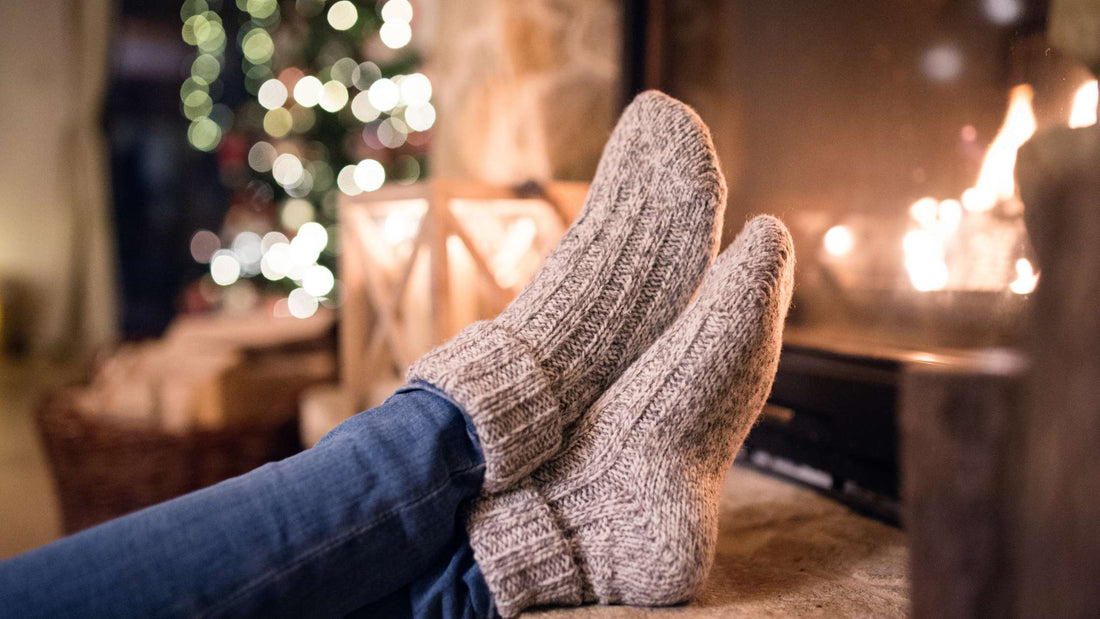Candles for Warmth: Practical Tips and Safety

Choosing the Right Candles for Heat
If you’re planning to rely on candles for warmth during a heating emergency, selecting the right type makes a big difference. Not all candles are created equal in terms of heat output and burn time. So, what makes a candle suitable for heating purposes? It comes down to size, material, and design.
Best Candles for Heat
Wide pillar candles and emergency candles are exceptional choices if you’re focusing on warmth. These candles, particularly those made from beeswax or paraffin, provide a consistent and steady burn. Emergency candles specifically designed for survival situations can last between 24 to 36 hours, making them ideal for prolonged power outages. Multiple-wick candles can also be a game-changer. Their design allows for more flames to radiate warmth simultaneously, increasing overall heat output.
Comparing Paraffin and Beeswax Candles
You may ask, "How much heat does a candle produce?" The answer depends largely on the material. Paraffin candles are cost-effective, widely available, and produce a strong, consistent flame. On the other hand, beeswax candles burn cleaner, lasting longer while producing minimal soot. For instance, a single beeswax pillar candle can provide warmth for up to 100 hours, making it an excellent option for long-term use.
If affordability and immediate availability are key, paraffin might be your go-to. But for those looking for longer burn times and a more eco-friendly option, beeswax candles are worth the investment.
Setting Up Candles for Maximum Warmth
To get the most out of your candles’ heat output, you’ll need to be strategic about where and how they’re placed. Candles alone won’t warm a large room significantly, but a well-thought-out setup can make a noticeable difference in smaller, enclosed spaces.
Step 1: Choose the Right Location
A candle for warmth works best in a small, confined space where heat doesn’t escape easily. Bathrooms, pantries, or small closets are perfect locations. Seal off the space with a door or use heavy curtains to create a barrier.
Step 2: Utilize Reflective Surfaces
To amplify the heat from your candles, place them near reflective surfaces like aluminum foil. This redirects the heat back into the room, effectively doubling its impact. For example, you can set up a makeshift reflector using a sturdy piece of foil taped to a book or a small box.
Step 3: Group Candles for Increased Heat
When asking, "How many candles to heat a room?" the answer depends on the room size. On average, a single candle produces about 170 watts of heat energy, enough to warm roughly 16 square feet. For a 100-square-foot space, you’ll need at least six to seven tea candles. Grouping them together on a fire-safe surface—like a metal tray—can create a concentrated heat zone.
Step 4: Experiment with Thermal Mass
To stretch the warmth from candles further, you can incorporate thermal mass. Place an upside-down clay pot over a group of lit candles, leaving small gaps for airflow. The clay absorbs heat from the flames and gradually radiates it back into the room, creating a longer-lasting warming effect.
Safety First: Candle Heat Energy Without the Risks
Open flames can pose risks, especially if you’re using multiple candles in an enclosed space. The following tips will help you prioritize safety while making the most of your heat source.
Fire Safety Measures
Always place candles on stable, fire-resistant surfaces like ceramic plates or metal trays. Keep a safe distance between the flame and flammable items such as curtains, paper, or upholstery. Never leave candles unattended, and extinguish them completely before leaving the room or going to sleep.
Ventilation Tips
Candles consume oxygen and can release byproducts like carbon monoxide. Proper ventilation is essential, especially if you’re burning multiple candles. A slightly open window ensures a steady flow of fresh air while retaining heat inside the room.
Consideration for Children and Pets
Place candles out of reach of children and pets. Secure them in protective enclosures, such as lantern-style holders or hurricane glasses, to minimize risks. Teach older kids simple safety rules around candles, like not touching or moving lit ones.
Reducing Carbon Monoxide Risks
Never seal off your space completely; the lack of oxygen could lead to dangerous carbon monoxide buildup. Limit candle use to shorter durations and ensure adequate airflow at all times.
Maximizing the Psychological Benefits of Candles
Candles aren’t just functional—they also have a soothing psychological effect. Their gentle, flickering glow mimics the comfort of a campfire, reducing stress and inducing calm. During emergencies, these benefits can be invaluable.
Enhancing Mood and Reducing Anxiety
Lighting candles during stressful situations can help stabilize your mood. Watching the steady dance of a flame is a simple yet effective form of mindfulness. Pair it with deep breathing exercises to amplify relaxation. This practice can make even challenging situations feel more manageable.
Incorporating Scented Candles
The right scent can transform your space, even during emergencies. Fragrances like lavender and sandalwood promote relaxation, while vanilla brings a sense of comfort. Remember to choose subtle scents to avoid overwhelming enclosed spaces.
Additional Uses for Candles in Emergencies
While heating is a primary function, candles offer other benefits during crises. They’re versatile tools that can enhance survival strategies in multiple ways.
Light and Cooking
In addition to warmth, candles provide light in power outages. Beeswax candles burn cleanly, producing minimal smoke, which is crucial for indoor use. You can also use long-burning candles for basic cooking tasks, like heating small portions of food or melting snow for drinking water.
Portability for Outdoor Adventures
Compact, long-burn candles are great additions to survival kits. Multiple-wick designs offer adjustable heat and lighting options, making them ideal for hiking, camping, or bug-out scenarios. Always carry weatherproof matches or a lighter to ensure you can use them in different conditions.
Combining Strategies for Better Results
To truly make the most of candles for emergency scenarios, combine heating strategies with other measures.
Layered Clothing
Candles can’t significantly raise the ambient temperature, but layered clothing will help retain body heat. Start with thermal or wool base layers and add insulating fleece or windproof shells.
Draft Elimination
Block drafts around windows and doors using towels, rugs, or draft stoppers. Keeping the room sealed (while ventilated) ensures the heat from candles stays concentrated.
Thermal Blankets
Emergency foil blankets reflect warmth back into your space. Use them to amplify candle heat or create a contained warm zone. Hanging thermal blankets over drafty walls or furniture traps warmth effectively.
By focusing on these multi-layered techniques, you’ll ensure that even a modest heat source like candles becomes practical and efficient.
Citations:
https://example1.com/research-candle-heat-energy https://example2.com/psychological-benefits-of-candles https://example3.com/candle-safety-tips https://www.thecornishscentcompany.com/blogs/news/can-you-heat-a-room-with-a-candle https://www.psychvarsity.com/Psychology-Of-Candles https://theprovidentprepper.org/candles-as-an-emergency-fuel-source-for-warmth-light-and-cooking©copyright 2025,Ready Master, all rights reserved.
